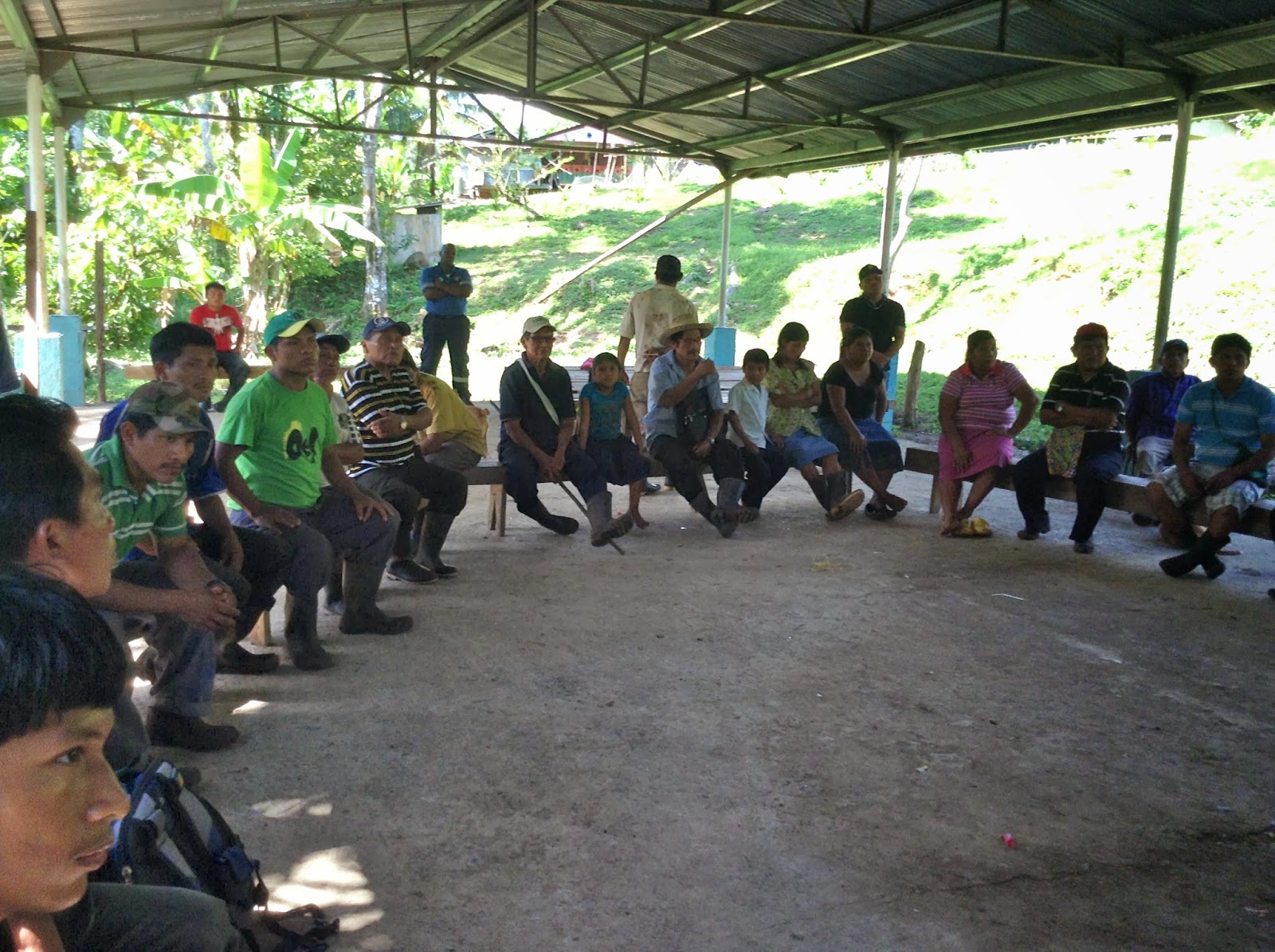As I had previously mentioned, I had never put much thought or research into Peace Corps before applying at the last minute- quite atypical behavior for me. Thankfully though, the more I learned about Peace Corps and its approach to international development- both before I left the US and after I arrived in Panama- the happier I am to be a part of the program.
In my opinion, one of the main reasons Peace Corps has flourished the way it has is because Volunteers are expected to really get to know and understand their communities before starting projects or applying for any aid. This not only helps us to create more sustainable projects, but also ensures we are working to improve aspects of the community in which there is not only an evident need but also a widespread desire to improve. Both of these aspects are crucial in development work.
As a framework for getting to know our communities, we use the PACA (Participatory Analysis for Community Action) tools. Essentially, we research a variety of aspects of community life and culture, and then present what we learned in a community wide meeting in which we also facilitate a SWAT (Strengths, weaknesses, opportunities, threats) analysis and community action plan.
Obviously, this is a pretty big undertaking. To add to the already big occasion, our program director travels all the way from Panama City to personally attend each community meeting and talk to community members about our progress so far. Needless to say, I was pretty stressed in the days leading up to my meeting. Would people come? Would they agree with what I had to say and voice their opinions during the project planning session?
Since personal interaction is culturally expected in smaller Panamanian communities, I spent several weeks visiting every single family in my community with personal invitations to the meeting. Thanks to this (and also potentially to food bribery) I had a great turnout of nearly 30 people! That's almost 30% of my community, and a huge number considering that some people had to hike an hour to arrive in town.
I was also really happy with how the project planning turned out. They identified multiple community weaknesses they want to work on including the lack of group organization and financial planning, and poor plantation management.
All of this considered, it looks like I have my hands full for the next few months. Now here's hoping that their motivated attitudes will stick!





No comments:
Post a Comment